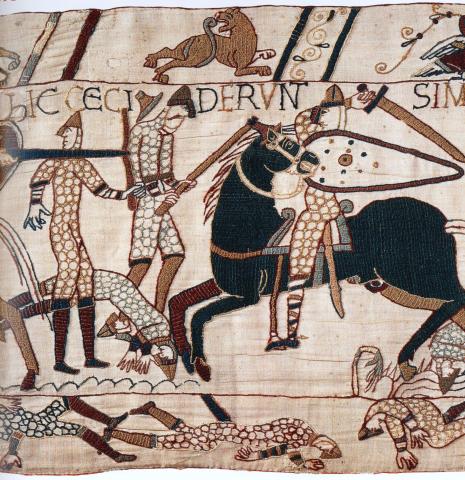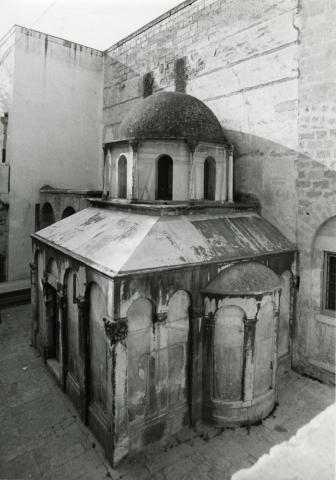Bohemond's March to Constantinople
[1.4.1] At bellipotēns Boamundus, quī erat in obsidiōne Malfī, Scafardī Pontis, audiēns vēnisse innumerābilem gentem Chrīstiānōrum dē Francīs itūram ad Dominī Sepulchrum, et parātam ad proelium contrā gentem pāgānōrum, coepit dīligenter inquīrere quae arma pugnandī haec gēns dēferat, et quam ostēnsiōnem Chrīstī in viā portet, vel quod signum in certāmine sonet. Cui per ōrdinem haec dicta sunt: “Dēferunt arma ad bellum congrua, in dextrā vel inter utrāsque scapulās crucem Chrīstī baiulant; sonum vērō ‘Deus vult, Deus vult, Deus vult!’ ūnā vōce conclāmant.
notes
vocabulary
obsidiō –ōnis, f.: siege
ostensiō –ōnis, f.: the action of exposing to view (CL); display, emblem (ML)



